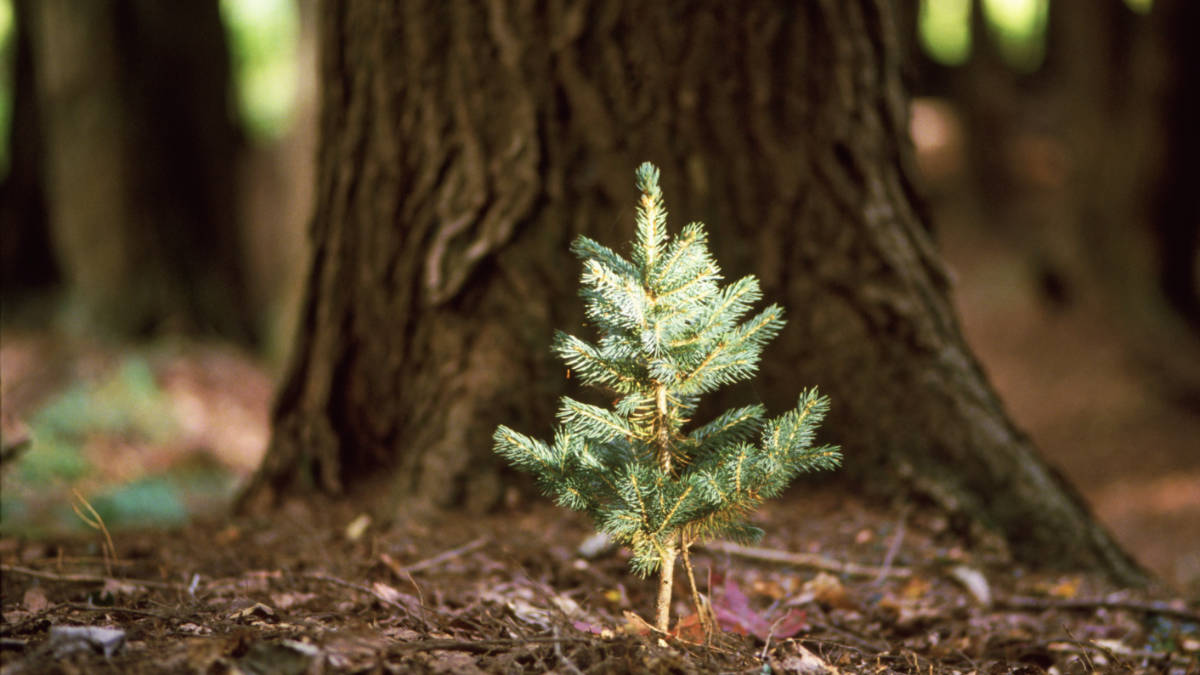High-grade mineralisation has been defined over a 6km2 area at the Hippolyte South prospect
Over at Sadi, mineralisation defined over 1.2km2
Phase 2 drilling continues, designed to follow up on the promising results from Phase 1
Special Report: Radiometric results from initial drilling over Aura Energy’s Hippolyte South and Sadi prospects at the Tiris project in Mauritania has defined two new, large areas of mineralisation.
Aura Energy (ASX:AEE) has received the latest from the first 1,612 aircore drill holes for 9,239m of initial drilling at Tiris with a recent FEED study demonstrating the cost-effective nature and 17-year mine life of the project.
A final investment decision (FID) is due in late 2024 but AEE believes it can bring the operation to life within 18 months of an FID and produce 1.9Mlbpa at an all-in sustaining cost of US$34.5/lb.
AEE has been trying to outline potential resources that may exist adjacent to the main 59.8Mlb resource at Tiris.
Phase 1 drilling was carried out over several conceptual targets, with a large number of significant intersections confirming potential for further resources associated with lower strength radiometric targets.
This is a major change from previous exploration in the area, AEE says.
New mineralisation at Hippolyte South
These latest results have defined new high-grade mineralisation at the Hippolyte South prospect over a 6km2 area.
Mineralisation has been extended to the east and northwest from the previous resource areas and to the southwest for over 3km where results include:
4.8m grading 1,170ppm uranium from 0.5m;
2.2m grading 802ppm uranium from 0.6m; and
3.2m grading 555ppm uranium from 0.2m.
Meanwhile, drilling at the Sadi prospect has also extended mineralisation over 1.2km2 south and west from the current resources, which remains open.
Standout results at Sadi include:
3.2m grading 363ppm uranium from 0.6m;
3.4m grading 308ppm uranium from 0.3m; and
5m grading 204ppm uranium 0.5m.
Areas not considered prospective previously
“The fact that low‐level radiometric anomalies have delivered potentially economic mineralisation, significantly increases the exploration potential of the areas that were not considered prospective previously,” AEE managing director and CEO Andrew Grove says.
“Some of the 13,000km2 of new tenement applications also overlie large radiometric anomalies adjacent to our current resource areas at Tiris East, further demonstrating the huge potential of the region.
“The recently released FEED study demonstrated excellent economics for a low‐cost 2Mlbs U3O8pa near term uranium mine with a 17‐year mine life based on the current mineral resources.
“There is significant optionality in the project design for a modest capital investment to increase the production rate to make the most of any new economic resources.”
Drilling continues
AEE says these results provide further confidence it can continue to grow the project’s resources, whilst maintaining very low exploration costs.
Tiris has shallow free dig open pit mining and “exceptional” beneficiation delivering low‐cost, high‐grade leach feed averaging 1,743ppm U3O8 from an average ore feed grade of just 255ppm U3O8.
In other news, Phase 2 drilling is continuing with the aim of achieving a drill density of at least 200m x 100m.
Field mapping will also continue, providing a classification of outcrop hardness and level of weathering.
This article was developed in collaboration with Aura Energy, a Stockhead advertiser at the time of publishing.
This article does not constitute financial product advice. You should consider obtaining independent advice before making any financial decisions.
The post Aura Energy’s Phase 1 drilling at Tiris outlines uranium growth potential beyond current 59.8Mlb resource appeared first on Stockhead.






















